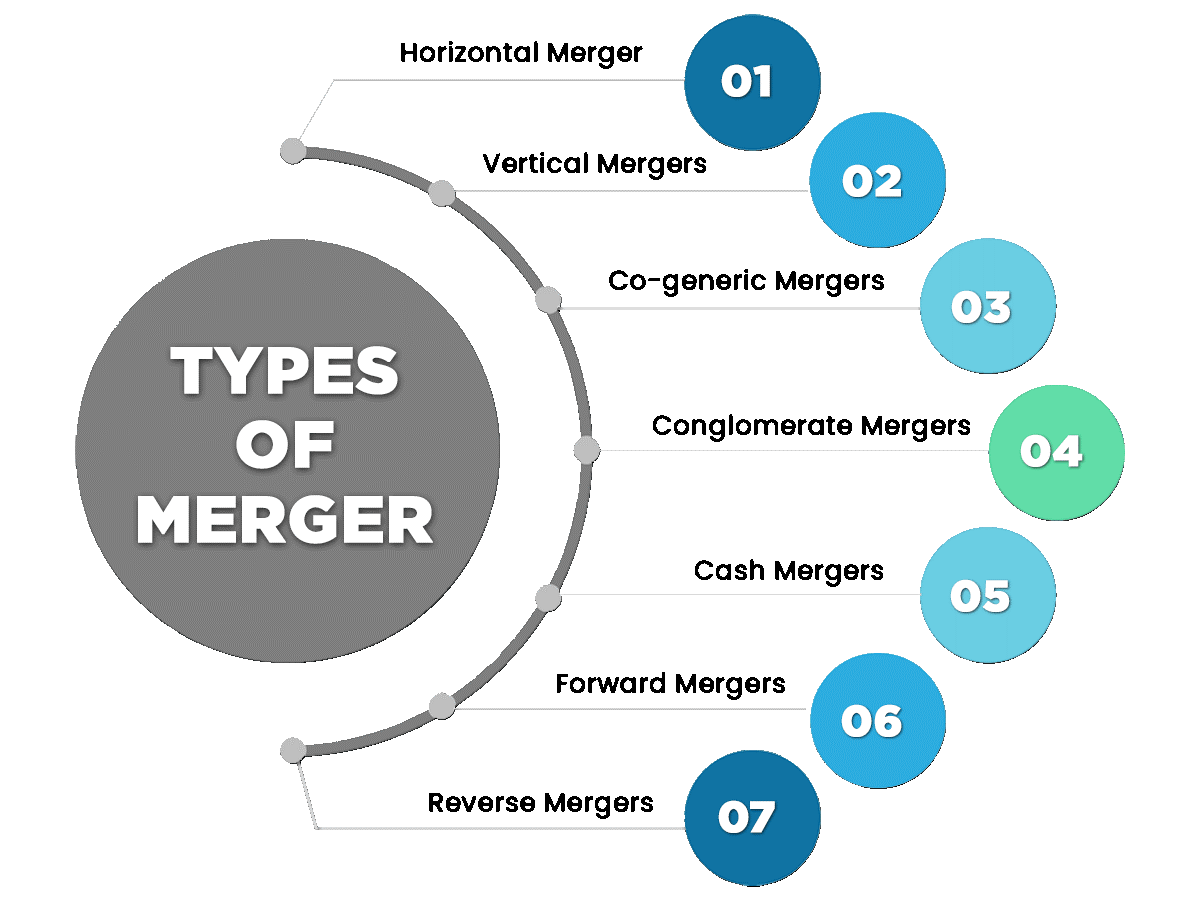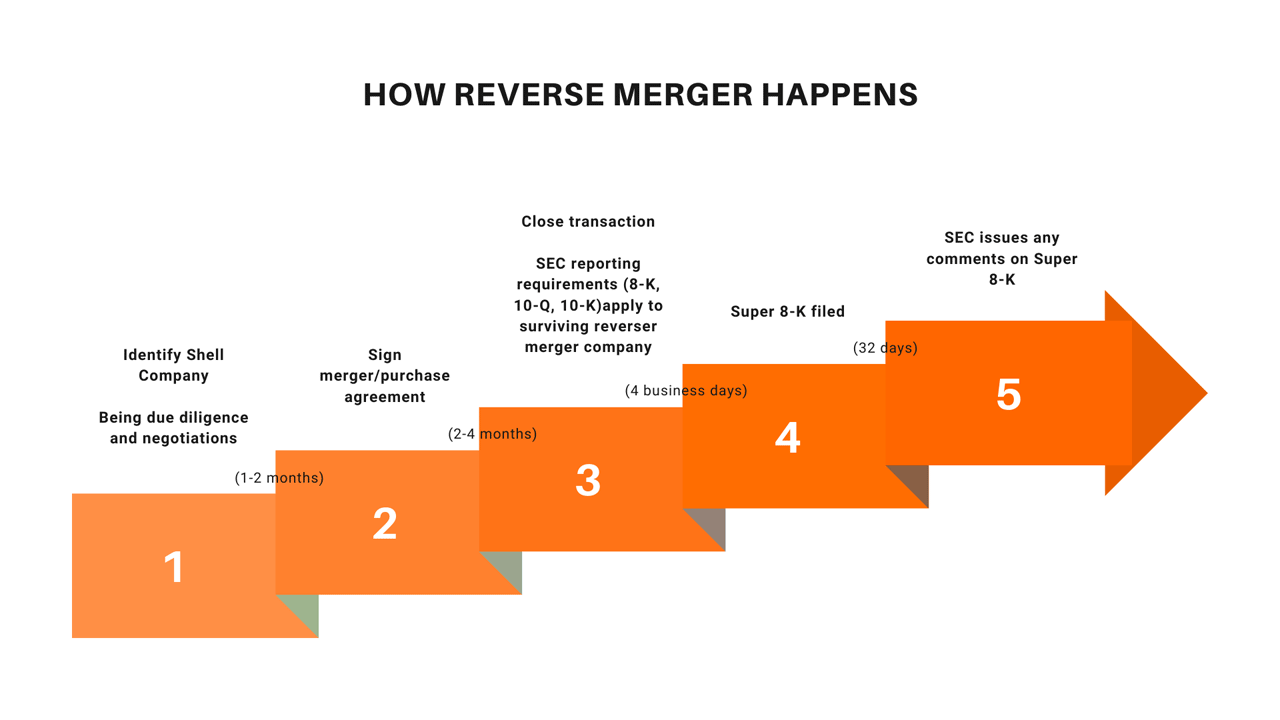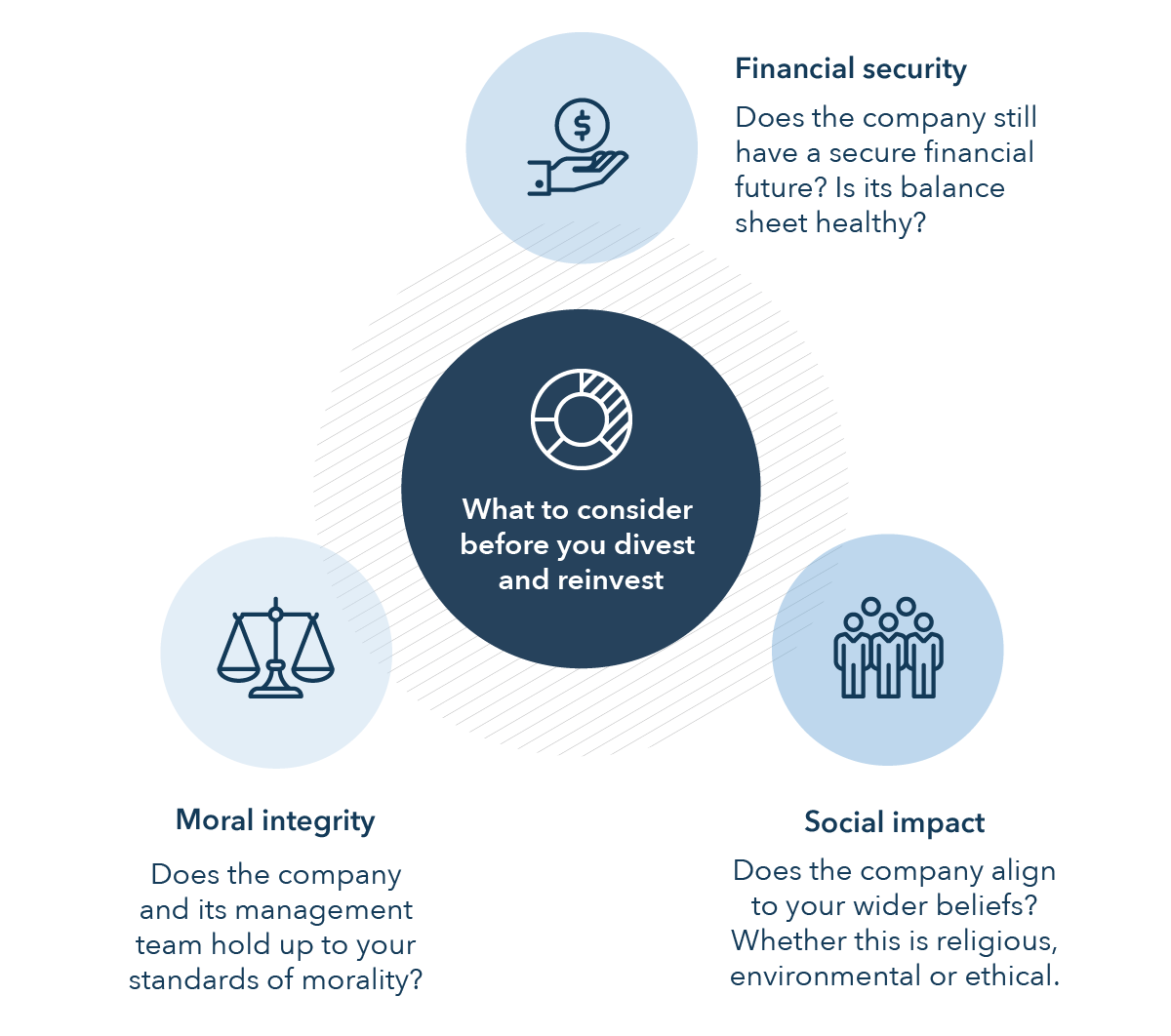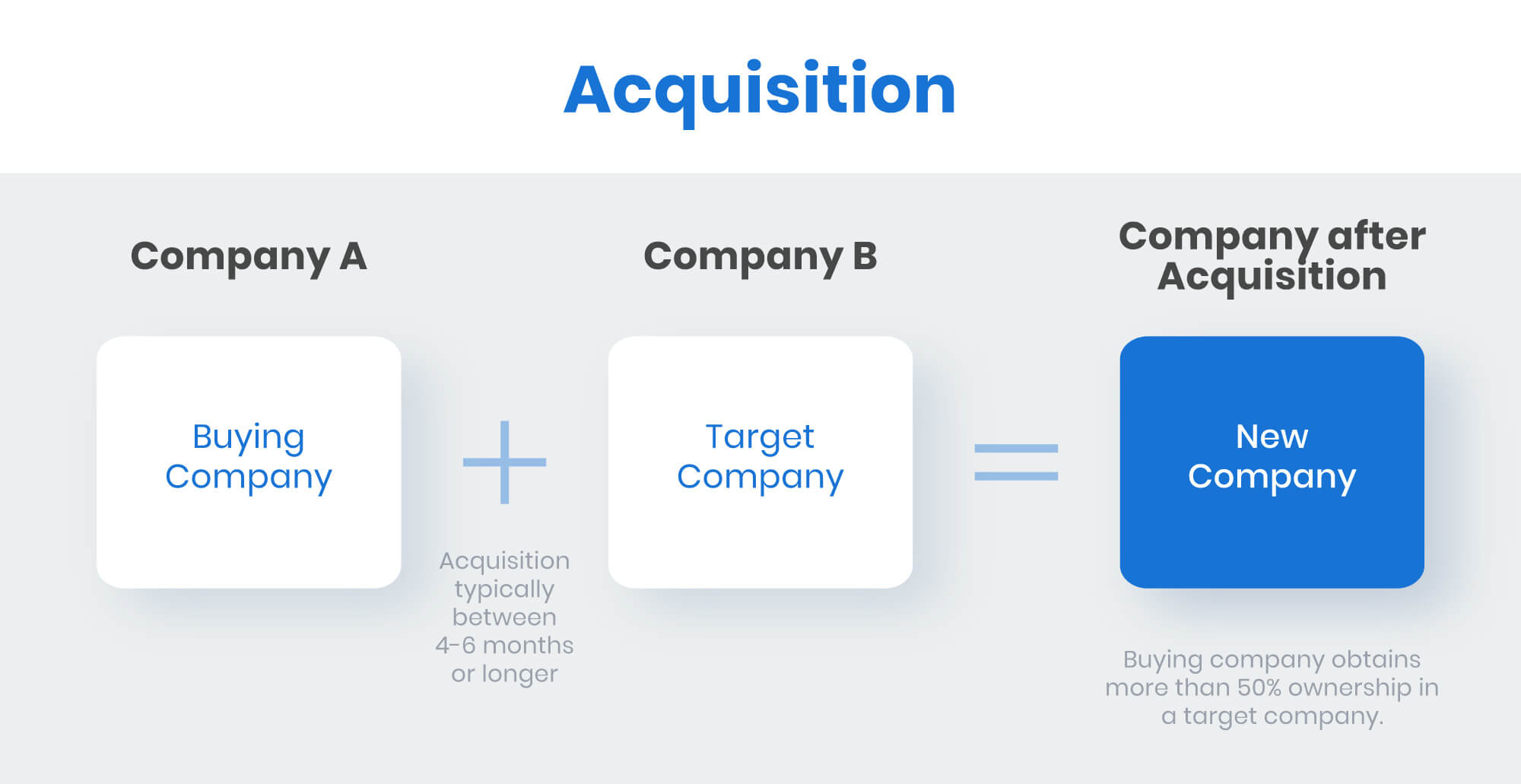Corporate Restructuring Strategies: Top 10 Ways to Save Your Business/ Choose What’s Best for Your Business

Corporate Restructuring Strategies: Top 10 Ways to Save Your Business/ Choose What’s Best for Your Business
In the history of many businesses, corporate restructuring has been a typical occurrence. Companies are experiencing unprecedented transformation, providing a possibility to renew organisational restructuring strategy. The pandemic has changed the settings in which businesses now function.
Corporate restructuring is a usual business practice, since many businesses may need to do so from time to time to match their goals with the changing environment. Companies may use corporate restructuring tactics, for example, in response to deteriorating earnings, wide market or economic pressures and trends, changes in ownership, changes in company strategy, or to improve cash flow, among other things. A restructuring is designed to reduce costs, eliminate inefficiency, and improve profits by enhancing a company’s strengths.
In the case of some firms, the need for change is evident, and corporate restructuring strategies must be addressed in the narrower, traditional meaning, while other organisations, that are having a lighter post-pandemic impact, may benefit from looking at their future through a restructuring perspective.

Corporations must rethink how they can manage their business in the post-COVID-19 era. Many businesses now have protocols in place to help them adapt to emergencies like this. Some of those processes have specific contingency procedures.
Whatever the reason for restructuring, it can be a difficult and time-consuming process that can be made easier by a comprehensive review of the commercial entity. Extensive asset assessment may give a road map for the financial aspects of corporate restructuring, allowing the benefits of restructuring to be maximised.
Learn how these crisis management methods may help you change your company’s future as consumer behaviours, regulatory issues, and the overall business environment alter during post-pandemic recovery.
What is Corporate Restructuring?
Corporate restructuring is an action performed by a company to drastically alter its financial structure or operations. Typically, a company undergoes a restructuring when it is facing substantial problems and financial hardship.
The process of corporate restructuring is seen as essential for fixing any economic crises and improving a company’s performance. The concerned corporate entity’s management appoints a financial and legal professional for advice and support in the negotiation and transaction agreements when they are suffering financial complications.

Typically, the corporation in question will consider debt financing, operations downsizing, or selling a part of the business to potential investors. Furthermore, the need for corporate restructuring grows as a result of a change in a company’s ownership arrangement.
Takeovers, mergers, severe economic situations, buyouts, bankruptcy, lack of integration between divisions, over-employed staff, and other factors could all contribute to a change in the company’s ownership structure.
Two Major Types of Corporate Restructuring
Financial Restructuring: This form of restructuring results from a significant reduction in overall sales owing to poor economic conditions. The corporate entity’s equity pattern, debt-servicing schedule, equity holdings, and cross-holding pattern can all be changed here. All of this is done to keep the market and the corporation profitable.
Organizational Restructuring: A change in a company’s organisational structure, like reducing its level of the hierarchy, revamping job positions, downsizing personnel, and modifying reporting links, is referred to as organisational restructuring. As a result of the reorganization, costs are reduced and debt is paid off, allowing business processes to continue.
These are the Top 10 Ways to Save your Business through Corporate Restructuring

1. Merger
This is the concept of merging two or more business entities, either by absorption, amalgamation, or the formation of a new company. The most common way for two or more corporate organisations to merge is for the acquiring and target companies to swap securities. The main rationale for a merger is to benefit from economies of scale and scope.
Mergers occur when two different entities come together to form a new, joint organisation in which both are associates. A company or several companies may be dissolved, and a new company may be formed. Mergers unite two companies into a single organization with a new ownership and management structure.
In this type of corporate restructuring, the companies or organisations sign a merger agreement outlining the merger’s terms and circumstances. The merging process is full of complicated formalities. This process necessitates the help of a transaction professional.
There are different types of mergers:
- Horizontal Merger- A horizontal merger occurs when two companies that operate at the same level of production unite.
- Vertical Merger- A vertical merger is a procedure in which organisations in different stages of the manufacturing cycle unite.
- Conglomerate Merger- A conglomerate merger occurs when companies from many industries unite.
- Cash Merger- A cash merger is a transaction in which one firm buys the other for a particular sum of money.
For example, two of India’s largest media companies, Zee Entertainment Enterprises Limited (ZEEL) and Sony Pictures Networks India (SPNI), have initiated a multibillion-dollar merger.

2. Demerger
In this corporate restructuring strategy, two or more companies are merged into a single entity to reap the benefits of synergy. The synergies that the two businesses earlier enjoyed are split throughout this process. The demerger process reduces optimal capacity, letting the corporation produce the needed amount of earnings to operate.
Companies that desire to refocus on their most profitable components, diminish risk, and increase shareholder value might regard de-mergers. It allows businesses to appoint professionals to supervise particular business units or brands. It is an ideal strategy for splitting out underperforming business elements which are dragging down overall corporate performance.
De-mergers can result in tax savings and other efficiencies. A “spinoff,” in which a parent business attains equity ownership in a new firm equal to the loss of stock in the original company, is one of the ways for a de-merger to be carried out. In this, investors can purchase and sell shares individually, and they can obtain shares of the unit they believe will be the most profitable. When a parent firm keeps a partial share in a de-merged company, it is known as a partial de-merger.
Dabur India demerged into the FMCG company, which included its personal care, Ayurveda, and healthcare commodities. The purpose of the demerger was to give the company a global presence in the pharmaceutical business.

3. Reverse Merger
In this strategy, unlisted public corporations can convert to listed public companies without having to go through an IPO (Initial Public offer). A reverse merger occurs when a private business buys a controlling stake in a public corporation under its name and takes control of its board of directors. In most reverse mergers, a parent company merges with a subsidiary, or a profitable company merges with a loss-making one.
A large private firm can merge with a smaller corporation and go public. The private firm’s shareholders swap their shares for public company shares, converting the private company into a public company without having to go through the IPO process and saving time and money. As a result, the company’s status could transition from private to public.
The private firm does not have to go through the process of asking to have its shares listed on a stock exchange. A restructuring of this kind aims to improve the business of a private firm and can allow private companies to become publicly traded companies. The private business receives a variety of benefits in a reverse merger.
A reverse merger in India happened when Godrej Soaps, a profitable company, merged with Gujarat Godrej Innovative Chemical Limited, a loss-making corporation. Godrej Soaps Limited was created as a result of this process.

4. Disinvestment
Disinvestment involves the sale or liquidation of assets or subsidiaries by a company or government. Disinvestment refers to capital expenditure reductions to aid in reallocating resources to more productive locations within a business or a government-funded project if an asset is not sold.
The aim of disinvestment, whether it involves divestiture or a reduction in funding, is to maximise the return on investment (ROI) on capital goods, labour, and infrastructure. Assets of the company are usually sold so that the company may put them to better use in another division. It happens when capital goods are sold or a division is closed.
Disinvestment in an asset, division or interest is usually done to reinvest funds in the same company. Disinvestment is different from divestment and refers to the complete sale of a business. For example, the Indian government has stated recently that it will sell its stake in Bharat Petroleum Corporation Limited (BPCL), a government-owned oil and gas company.

5. Divestment
A divestment or a divestiture strategy is a retrenchment strategy used by businesses to reduce the scope of their operations. Divestment is the sale of a company’s corporate assets, divisions, or subsidiaries to improve financial health and streamline operations.
Separating a troubled division from the parent corporation and establishing it as a separate entity, sometimes called a spin-off is another option. As companies grow, it can be difficult to devote equal attention to all of their business units. As a result, they choose a divestiture strategy to not only stay focused on their core business but also to generate income.
Companies may use a divestment plan when a company line fails to meet expectations and becomes a liability rather than an asset, to avoid insolvency, reduce debts, and maintain a low debt-to-equity ratio.
Divestment is usually done for a limited time to address issues such as reduced finances or social/political pressures that may occur as a result of a particular economic activity. It refers to the reduction of investment. An example of divestment is the selling of Reliance Infra’s electricity division to Adani Transmission.

6. Takeover/Acquisition
In this strategy, the acquiring company assumes full control of the target firm. No company is dissolved, and no new company is formed; both companies continue to exist. The purchase of one entity by another is known as Acquisition. During an acquisition, one business assumes total operational management control of another.
A hostile takeover or a friendly takeover are two different types of takeovers. The seller, buyer and target company are the parties involved in this transaction. Increased benefits like synergies, economies of scale, and economies of scope are common reasons for acquisitions. Tata’s takeover of Corus Steel in 2006 is an example of Acquisition.
Acquisitions are divided into two categories:
Share Sale– In a share sale, the buyer buys the seller’s or target company’s full share capital or a part of the seller’s or target company’s share capital. When a company is purchased through a share sale, the buyer gets all of the firm’s assets and liabilities.
Asset Sale– The buyer of an asset has the advantage of acquiring a specific asset in an asset sale. One of the benefits of an asset sale is that the buyer can leave the liabilities with the seller and simply buy the target company’s valuable assets.

7. Joint Venture (JV)
In this technique, two or more companies form an entity to carry out financial transactions together. The Joint Venture is the name given to the new entity. A joint venture is a separate legal organisation formed by two or more enterprises to collaborate on economic activity.
In a joint venture, two or more parties agree to contribute in the proportions agreed upon to form a new business and to share the company’s expenses, income, ownership, management and control. The partners agree to contribute equity to form a new business and to split the company’s revenues, costs, and capital.
There are two categories of joint ventures:
- Companies form project-based joint ventures to accomplish certain goals.
- Companies form functional-based joint ventures to gain mutual benefit.
A joint venture gives both partners access to assets, skills, and cash, allowing them to combine the finest aspects of both organisations without affecting the parent companies. Vistara Airlines, for example, is a joint venture between Tata and Singapore Airlines.

8. Strategic Alliance
In this strategy, two or more entities agree to collaborate to achieve specific goals while remaining distinct organisations. All participating companies in a strategic alliance maintain their independence. There is no new entity established. A strategic alliance is done to achieve common goals such as cost savings, technology exchange, product creation, and market access.
The concept is to pool resources and facilitate the development of innovative ideas and approaches with the shared goal of benefit sharing. Organizations can explore possibilities more quickly by forming strategic relationships. It allows a business to gain access to the other party’s additional knowledge and resources.
A strategic alliance should not be confused with a joint venture, where the parties can resume doing business after the period has expired. However, in the case of a strategic alliance, the parties are bound by the partnership. For example, the Maruti-Suzuki alliance in India is a strategic alliance.

9. Slump Sale
A slump sale or a business transfer is the sale of a business undertaking as a whole on a ‘going concern basis, in which the acquirer wishes to buy the entire setup of a business undertaking, including all assets and liabilities of the target firm, but not the target company itself. A going concern basis means that the company will continue to operate shortly.
In short, the existing corporate entity will continue to operate under the supervision and management of the acquirer. As the name suggests, a lump sum sale involves the transfer of a business endeavour or division of a corporation or entity to another entity for a lump sum payment.
A buyer may use the strategy when they wish to expand their existing firm into a new sector or diversify into a new industry; or when a corporation separates one of its divisions to attract private equity to that division, but not to the other divisions of the company; or when a seller wishes to separate their primary business from their non-core business.

10. Franchising
In franchising, one party (franchisee) grants another party (franchisor) the right to use its trade name, business methods, and procedures to create and market goods and services that meet certain criteria. In most cases, the franchisee pays a one-time franchise fee plus a percentage of sales revenue in royalties and gains.
The franchisee faces less risk when opening a location under the franchising model. You can target a big number of places and make substantial royalties with a small investment. Opening company-owned outlets earn a higher percentage of return.
Both the franchiser and the franchisee may benefit from this strategy. The franchiser, the brand, and the franchisee will flourish in the long run if the business plan is well-framed by the franchiser. McDonald’s, KFC and Pizza Hut are famous examples of franchising in India.
Conclusion
There is no one-size-fits-all method for restructuring or trying to recover from a crisis. Alternatively, these corporate restructuring strategies provide an interesting view of emerging market attitudes toward finding solutions to financial and operational problems. Restructuring is no longer an option, but a conscious decision made by businesses.

Every corporate reorganisation tries to eliminate disadvantages while combining advantages. Through a well-planned restructure, the company can gain synergistic benefits. To expand or survive in a competitive climate, a company must restructure and concentrate on its competitive edge.
edited and proofread by nikita sharma




